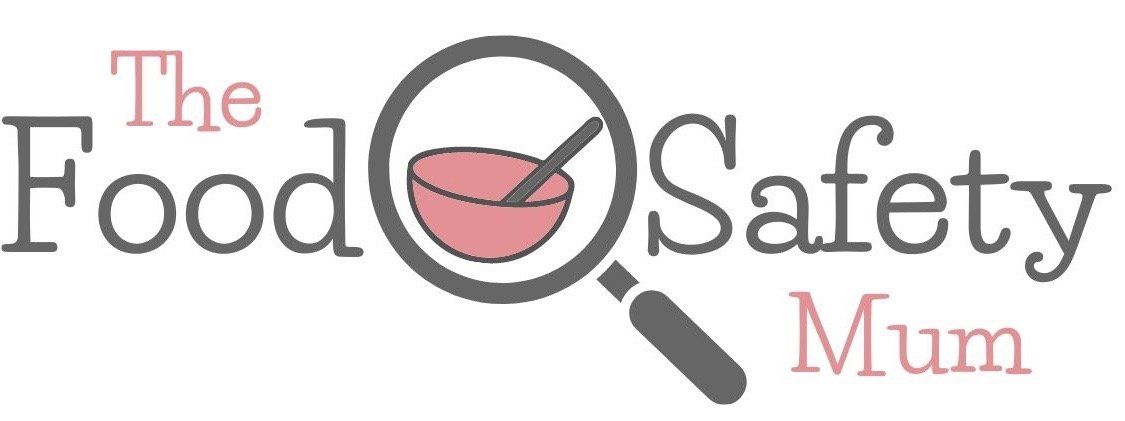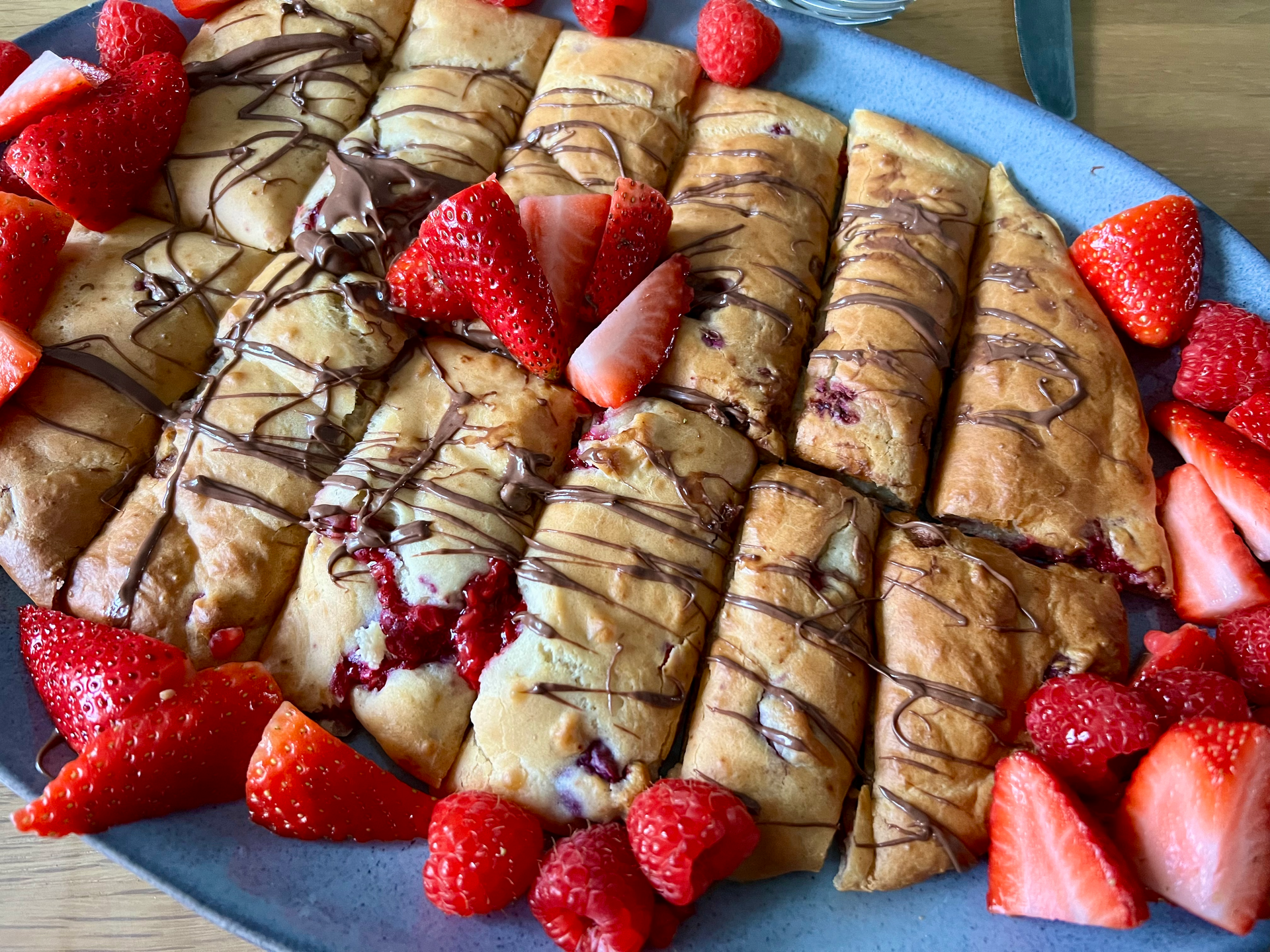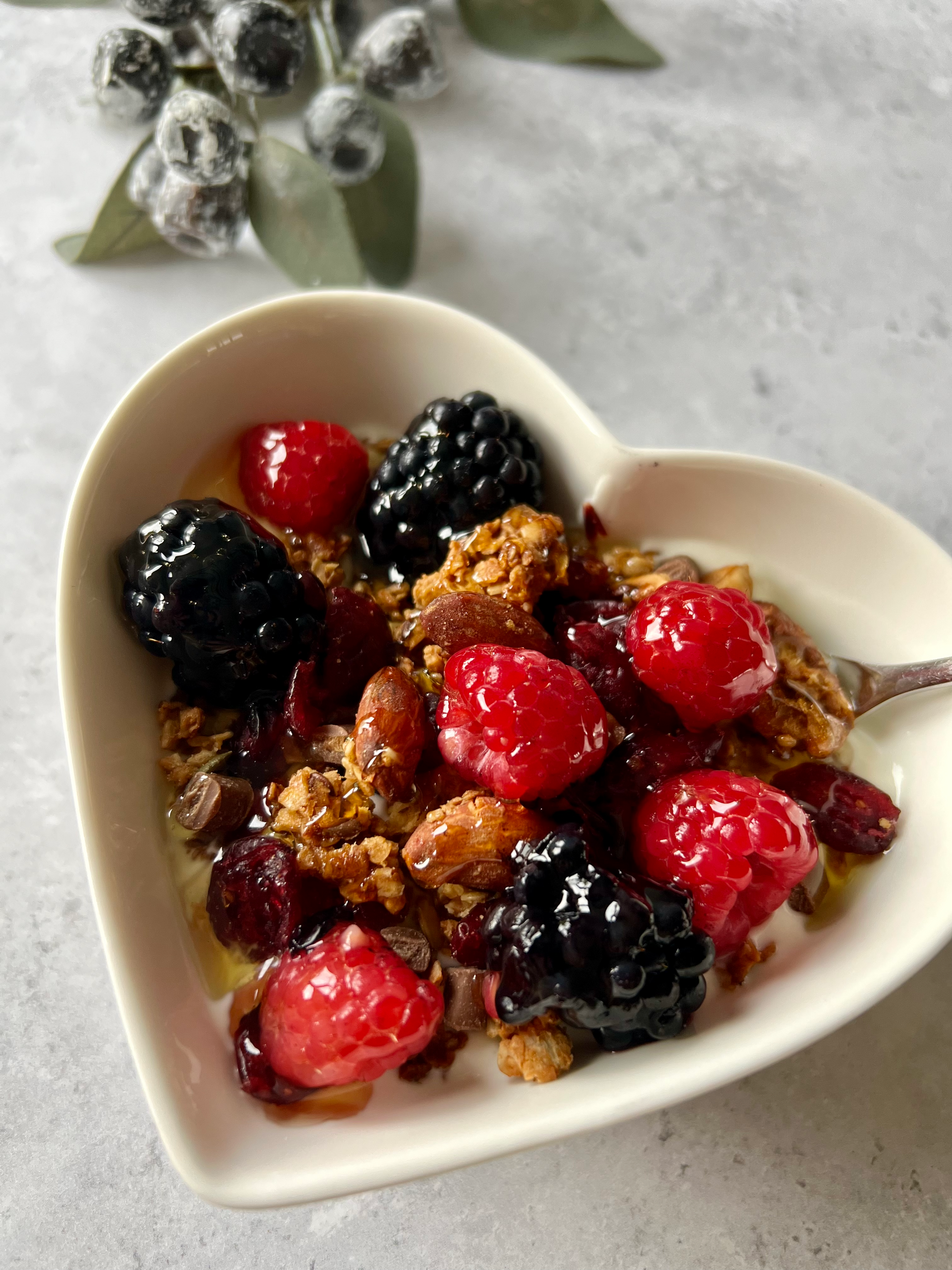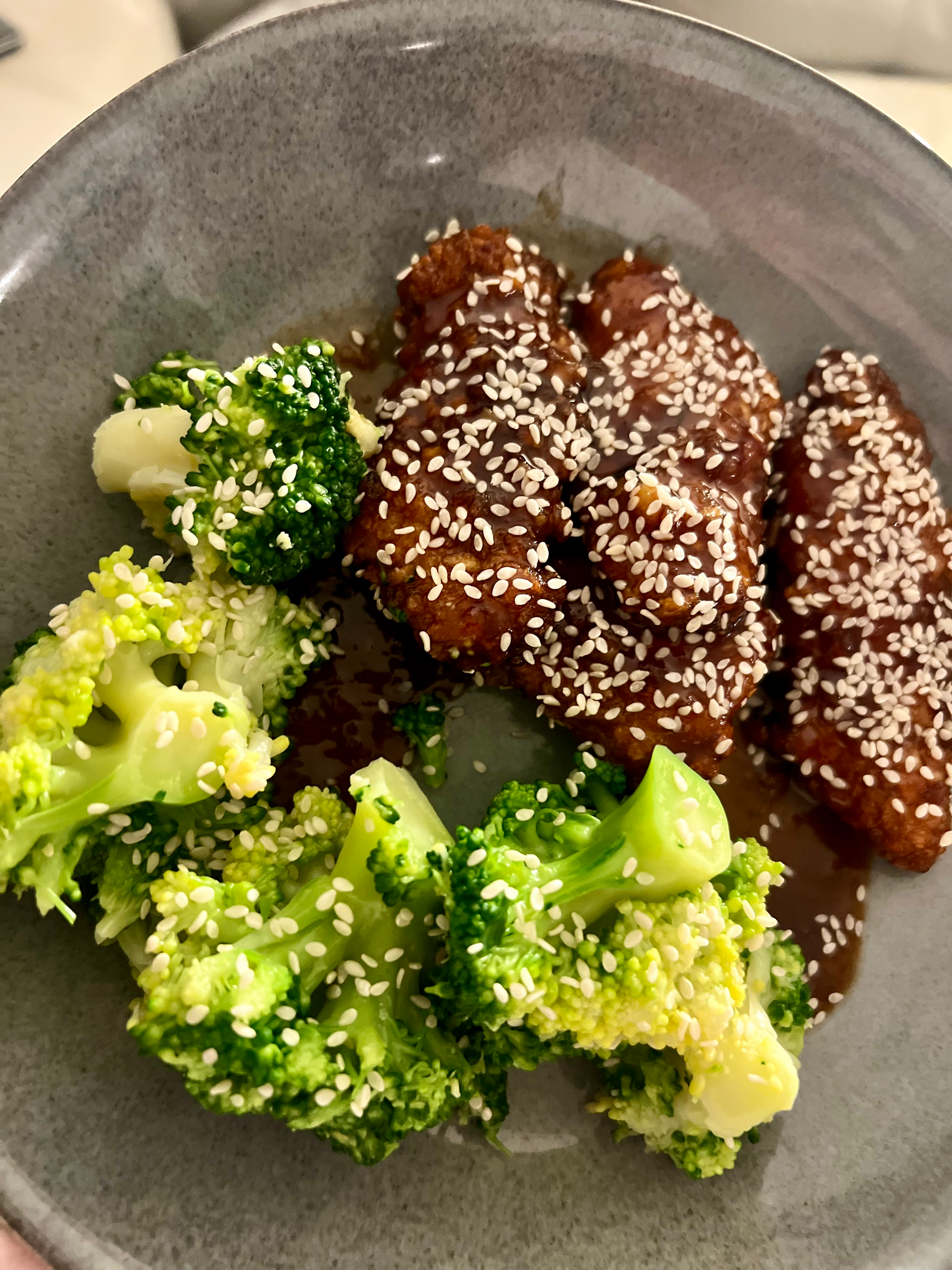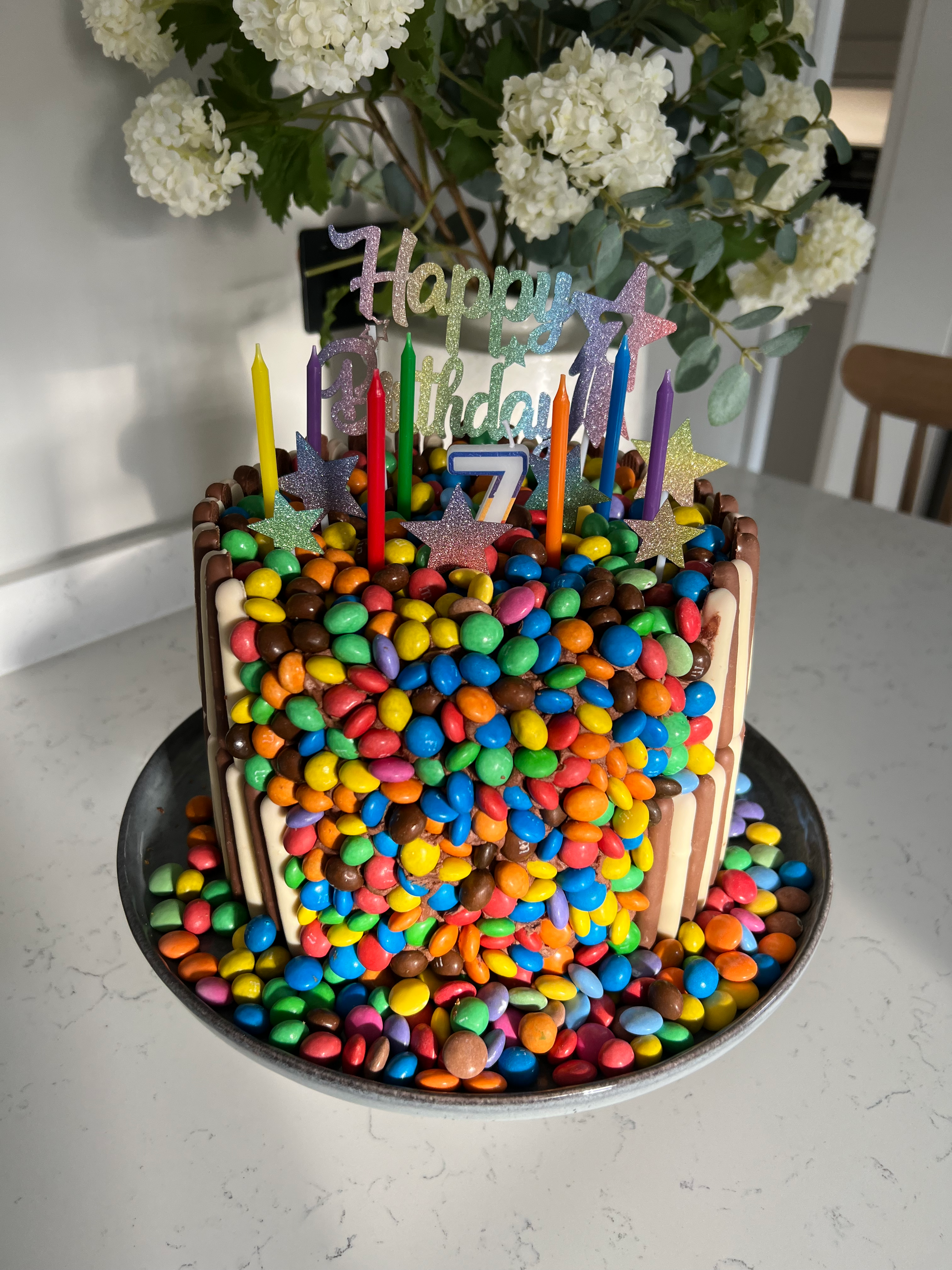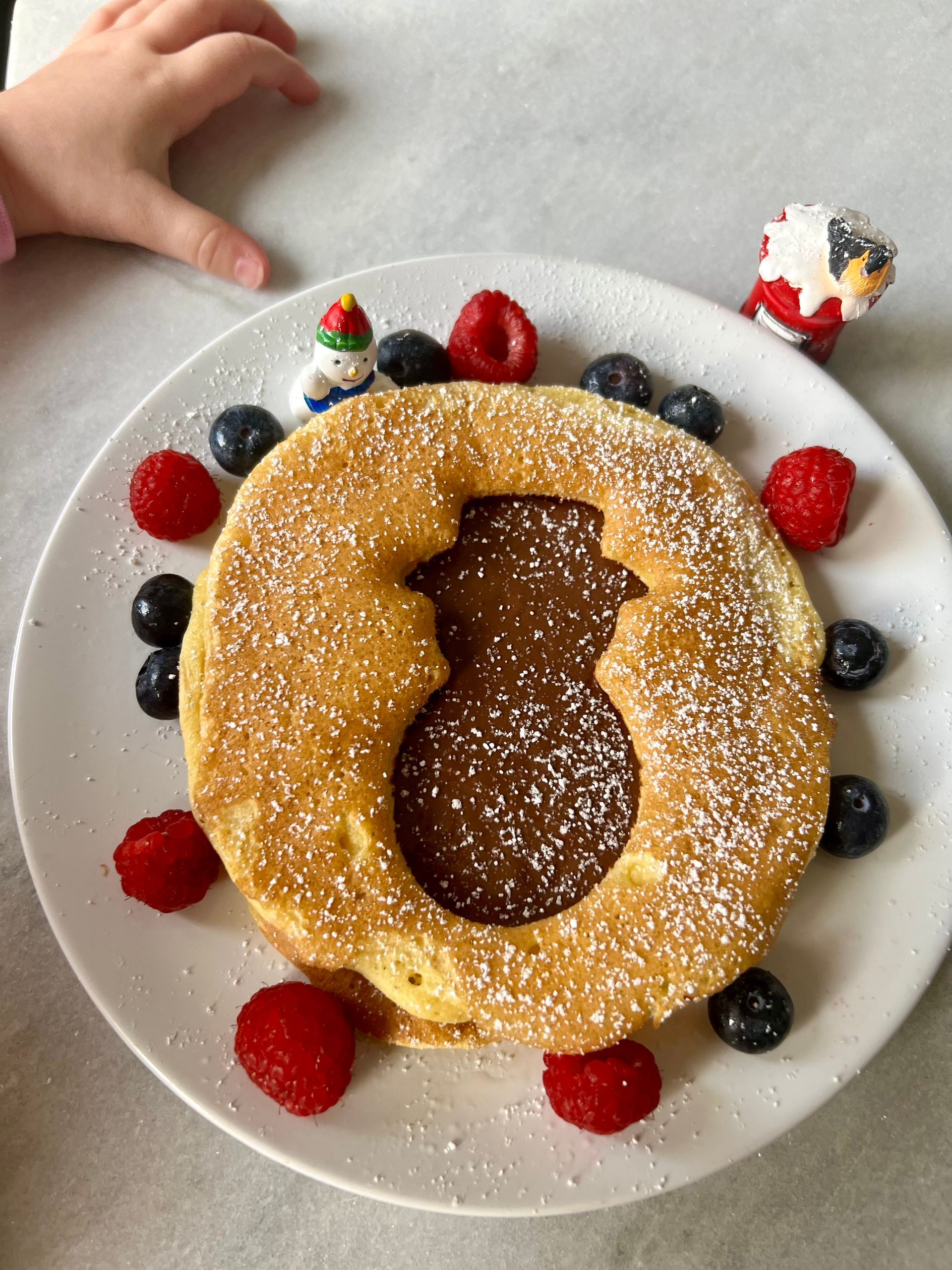Eating Out with a Food Allergy
Having a food allergy doesn’t mean that you or your little one has to miss out! Given that a staggering 44% of the British adult population suffer from an allergy , there is so much more awareness now surrounding allergies; which is great for allergy sufferers and the law protects you to make sure you are able to make informed decisions about what (or not) to eat.
In my earlier blog I spoke about the 14 major allergens, allergen labelling and may contains for prepacked items (check out the blog here) but eating out with an allergy can understandably bring a whole new level of anxiety; particularly if this is something new to you as a parent of an allergy sufferer.
This blog has been written to help you understand what restaurants have to do by law, along with some helpful tips to help you when eating out so that you feel more comfortable and in control discussing allergies.
What are Food Businesses required to do…. by law?
Eating out or ordering in… Food businesses are under the same legislation when it comes to the provision of allergen information to customers. By law, food businesses must provide allergen information regarding the 14 major allergens to customers upon request.
However, how they do it is totally up to them! They may choose to provide allergen information in writing; for example, on a chalkboard, menu or allergen matrix, or they may choose to communicate allergen information verbally. If allergen information is not provided upfront, food businesses must instead display a notice advising customers of how to obtain allergen information.
Just be aware that the law doesn’t mean that they have to serve you an alternative if there is nothing on the menu you can eat! Of course, this makes for good customer service if they do, but the legal requirement is for businesses to provide the information to allow you to make a decision as to which foods you can enjoy safely…. if any.
Top 5 Tips to help you When Eating Out with an Allergy
1. Check before you go…
If you or your child suffers with an allergy, there’s no doubt that you’ll want to check the menu before you go. This will not only give you a good indication of the variety of food available, but you may also find that some restaurants (particularly chains) provide allergen information online too! If you do obtain allergen information in advance though, make sure you always double check with the waiter before you order… just in case!
Before heading out, you should also always make sure you check the Food Hygiene Rating. Whilst the Food Hygiene Rating is not solely based on the allergen management within a restaurant, it will provide you with a snapshot picture of the standards found at the time of inspection, including how food safety is managed on site. In particular, an inspection looks at:
• How hygienically food is handled, stored and prepared
• The cleanliness and physical condition of the premises; including pest control, layout, ventilation and lighting
• How food safety is managed and the confidence in management to maintain standards in the future
Where a premises has a low food hygiene rating, this indicates that their standards require improving; which is something you may want to bear in mind when eating out with an allergy.
2. Always Ask!
Once you’ve decided on somewhere to eat, make sure you make the restaurant aware of your allergies and always ask… Even if it’s somewhere you’ve eaten a hundred times before and know the menu off by heart!
A different chef, a last minute ingredient substitution or a recipe change is all it takes for an allergen to be present that may not have been present in the many times before.
It is shocking to hear that nearly one in ten of young people (16-24) with food allergies or intolerances keep their condition hidden, risking allergic reactions or even fatal consequences. If your little one has allergies, make sure you lead by example and always ask so that they grow up empowered to ask about allergens when eating out, ultimately helping them make safe food choices.
And remember that vegan does not mean it is safe to assume it is safe for allergy sufferers, so if you have an allergy, always discuss this with your waiter and don’t make any assumptions.
3. Keep it Clear
It can be extremely frustrating and stressful when you’re discussing allergies with a waiter who just doesn’t seem to ‘get’ your allergy or what you’re trying to tell them.
It is always best to use the allergen names that staff would find on the label or back of pack and therefore would be widely familiar with to avoid any confusion or miscommunication. For example, use ‘milk’ instead of ‘dairy’ when discussing your food allergies at a restaurant; which can be particularly important in situations where there may be a language barrier.
Alternatively, you could also carry an allergen card on you, which could include translations and universal infographics to help you ensure there is no misunderstanding with the restaurant about the nature of your allergy.
If in doubt, always check as your food arrives and if you’re not confident that they have fully understood, don’t take the risk.
4. Be aware of Cross-contamination
Unfortunately, most food businesses will not have the luxury of different equipment to cater for different allergens; for example, chips may be cooked in the same fryer that has been previously used to cooked fish therefore presenting a risk of cross-contamination. It’s always worth bearing this in mind when discussing your food allergies with the restaurant and don’t be afraid to ask them about the risk of cross-contamination when cooking.
In addition, if you can, it’s always best to avoid buffets as there is often a higher risk of cross-contamination from multiple people using the same serving spoons. However, if unavoidable, make sure you discuss your allergy with the restaurant, and they may even be happy to cater for you separately to ensure you can enjoy your meal safely.
5. And last but definitely not least…..
Always check you have your auto-injector with you (or two if your allergy is severe!).
No injector = No Food
If you’ve had a good experience, try to leave a positive review for others to see or let the business know that you appreciate their effort and understanding. On the other hand, if you have had a negative experience or believe you have suffered a reaction due to incorrect allergen information being provided, you can report this to your local authority Environmental Health team. Environmental Health officers will be in a position to investigate this with the food business on your behalf.
Hopefully this blog has helped to empower you with some tips to discussing your allergies when dining out, particularly if this is a new experience for you as a parent of an allergy sufferer. We want our children to grow up feeling empowered to ask about their allergens and changes are definitely on the horizon to make sure that this is the case for our little ones!
Check out more blogs here
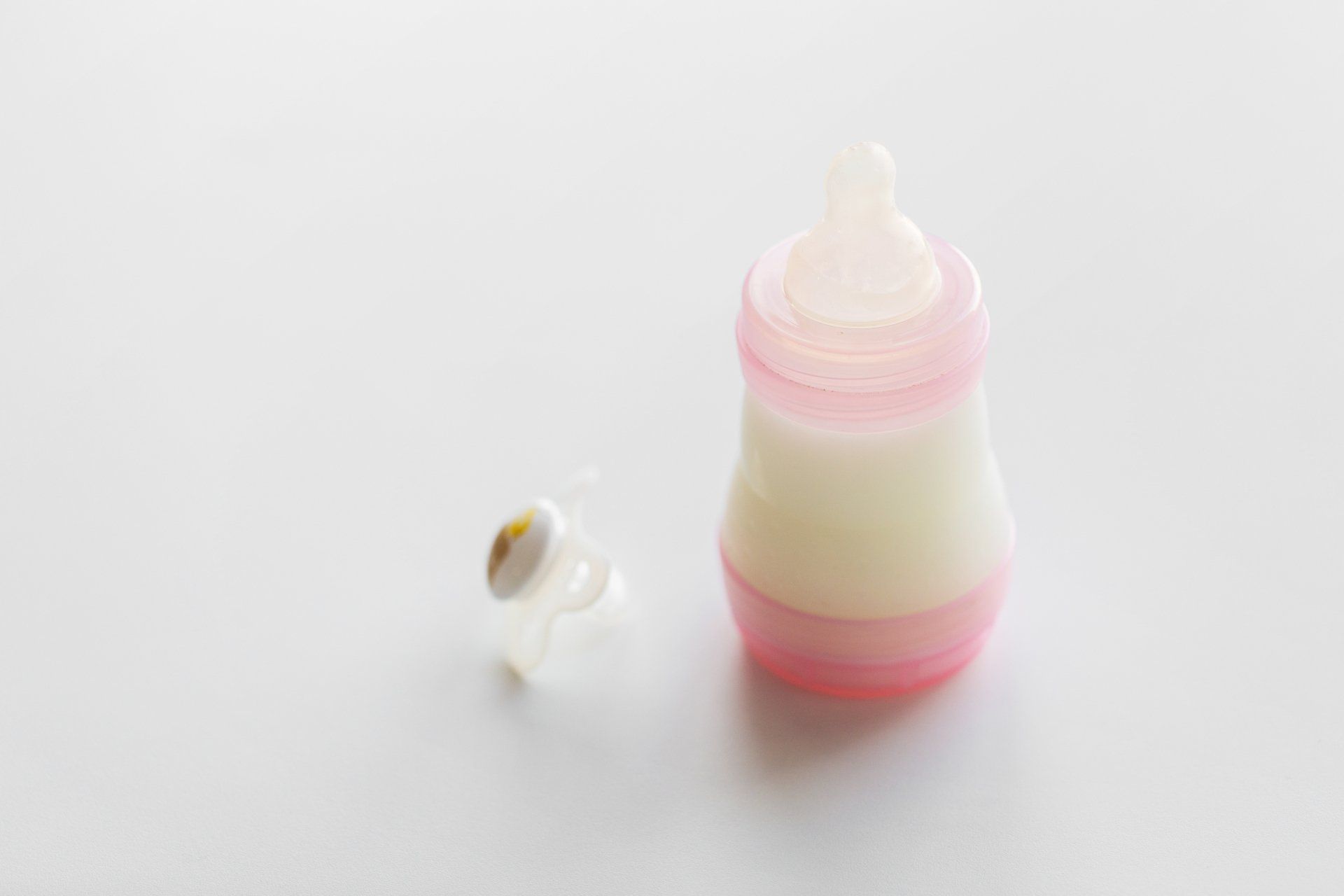
Whether you breastfeed, formula feed, exclusively pump or combination feed, chances are you have questioned yourself over sterilising; what needs to be sterilised , how often and until when?! When our babies are little, it’s our natural instinct to want to do everything we can to protect them! So… here’s a run down of what you NEED TO KNOW when it comes to protecting them from germs and bacteria when it comes to their own feeding equipment! BUT… Before we get into the detail of the ‘what, how and when’s’ of sterilising, I’ll start by answering the simple question of Why do we need to Sterilise?! The most important factor to point out here is that babies under 1 don’t have the same immune systems as us adults, or even older children. Sterilising will help kill any bacteria present in your baby’s feeding equipment, ultimately helping to protect your baby from infections that may cause your baby to suffer symptoms of sickness and diarrhoea. But don’t be daunted by the need to sterilise equipment! It really is straightforward once you get the hang of it and hopefully this blog will help you to answer some of your questions covering EVERYTHING you need to know about sterilising… What needs to be sterilised? Regardless of whether you are breast feeding or formula feeding, there is typically always something that needs sterilising! If you’re formula feeding…… Before every feed, you will need to make sure that all parts of your baby’s bottle have been sterilised; including the bottle, teat, lid and any internal parts of the bottle such as anti-colic venting tubes. If you’re breast feeding…… If expressing breast milk, the NHS advise that you should store expressed breast milk in sterilised containers or in special breast milk storage bags (which are pre-sterilised and ready to use straight away). When it comes to sterilising breast pump equipment, this isn’t an area where there is a lot of research so often advice regarding sterilising breast pumps can differ between professionals. In the UK, the NHS recommends that all equipment which comes into contact with your baby’s milk (including equipment used to collect, store or feed expressed breast milk) is sterile. However, the Association of Breastfeeding Mothers, along with the Academy of Breastfeeding Medicine, advise that after sterilising before first use, subsequently washing breast pump parts with hot soapy water is sufficient for healthy babies . Ultimately, how often you choose to sterilise your breast pump equipment will be your own personal decision taking into account the health of your baby, what you feel comfortable with and are able to realistically sustain on a daily basis. It’s important to remember though that sterilising will always help to add an extra layer of protection for your baby; which may be particularly important if your baby is less than 3 months old, was born prematurely or has a weakened immune system. If you haven’t used your pumping equipment in a while though, it’s always best to sterilise before using. Anything else you need to sterilise? As well as baby’s feeding equipment (such as bottles), it is also a good idea to sterilise other items which regularly go into baby’s mouth like dummies for the first six months of baby’s life - especially as these items seem to always end up on the floor! Is it Necessary to Sterilise Weaning Equipment? Once you’ve finally mastered sterilising baby bottles, it is then time for weaning! Along with a whole raft of questions you may have about weaning, in those early days you might wonder…. “ Do I need to sterilise weaning equipment?!” Rest assured… if you’re weaning around the recommended age of 6 months, then there is no need to sterilise the equipment you use for food such as bowls, spoons or cups and washing in hot soapy water or using a dishwasher will be sufficient for these weaning essentials. However, if you decide to wean before 6 months, it is recommended by the NHS that you do sterilise baby’s feeding equipment until they reach 6 months. Don’t forget though that it is always important to follow good food hygiene practices at any age! Check out some of my other blogs about preparing first foods as well as tips on storing, defrosting and reheating your baby’s food here.
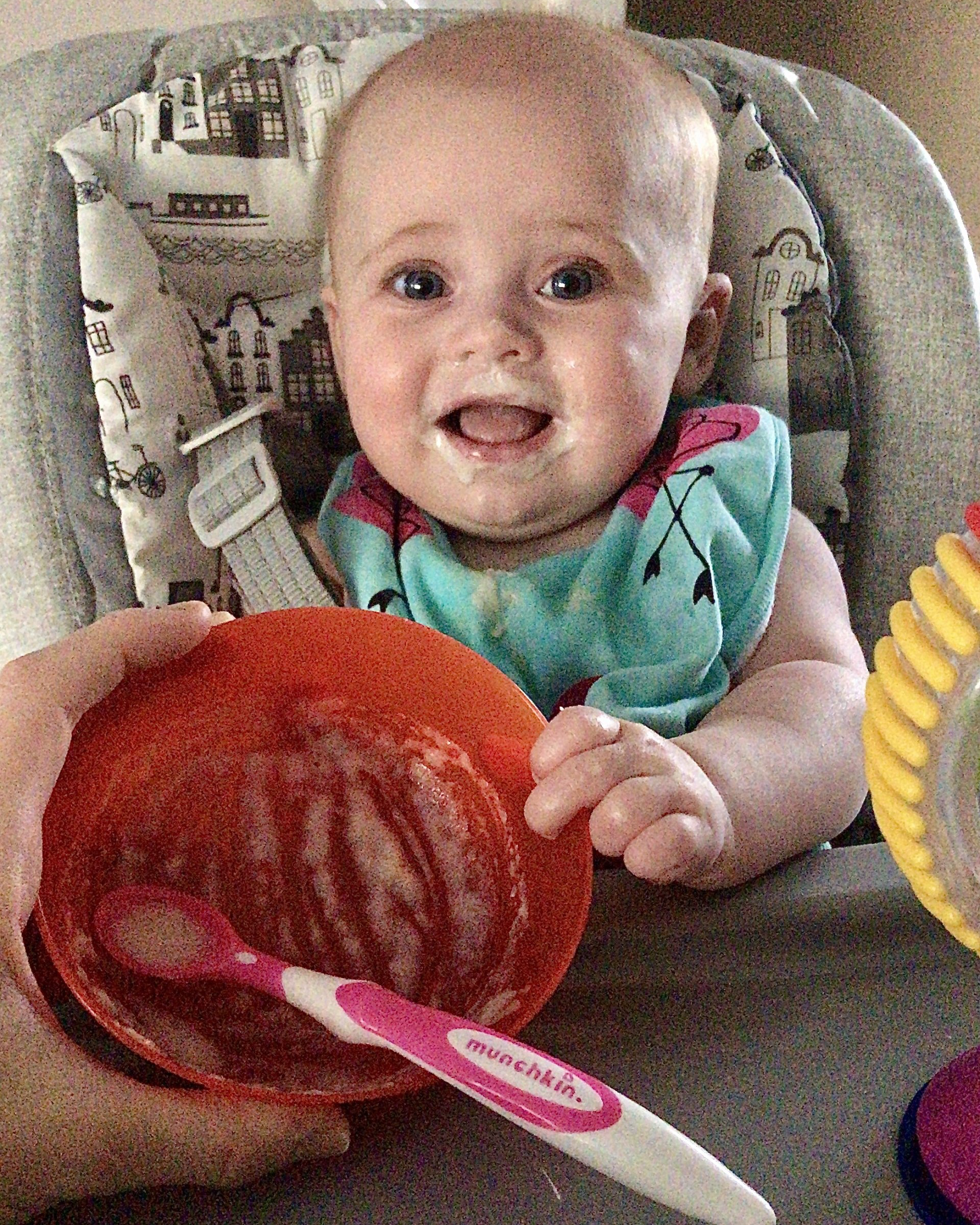
There’s no doubt that there are so many exciting things to think about when you begin the weaning journey with your little one like choosing a high chair, shopping for snazzy bibs, debating which cup and cutlery is best and deciding what amazing tastes to expose your baby to first... but it’s important not to forget that amongst all of this, any food you serve needs to be safe! Babies and young children don’t have the same immune system as us adults (or even older children) so we need to make sure we’re extra careful with their little tummies! It is estimated that there are 2.4million cases of food borne illness in the UK every year but it’s not just restaurants that can give you food poisoning – You can also make yourself (or your family) ill whilst cooking at home too. The good news is that there are so many things you can do whilst preparing food to prevent this…. Keep it Clean When preparing food for your little one, keeping clean is so important! In reality, this doesn’t mean having a ‘spotless’ kitchen but instead, a clean environment where you prepare food, with clean hands using clean equipment! Here’s some top tips to help you organise your kitchen to help you safely prepare meals for your baby and the rest of the family…. Wash your hands – Always wash your hands thoroughly before preparing any food, and after handling raw meat Clean work surfaces - Disinfect food preparation surfaces using a clean dishcloth before starting any food preparation. If you can, use a paper towel squirted with anti-bacterial spray to clean surfaces after preparing raw meat and poultry as this will help make sure that you don’t pick up food poisoning germs and spread them around the kitchen! Clean utensils – Make sure equipment is clean before you start using it and if you can, opt for colour coded equipment to reduce the risk of cross contamination between raw and ready to eat foods. Never prepare ready to eat food such as salad on a board that was previously used to prepare raw meat. Wash fruit and Veg – They might be low risk foods, but bacteria can also be found on fruit and veggies too so don’t forget to wash these thoroughly under cold running water before serving to baby. If you’re using frozen veggies in baby’s food, make sure that these are cooked before serving to your baby according to the back of pack information. Don’t be tempted to wash raw chicken! Washing your chicken will not ‘wash off’ the bacteria (only cooking will make it safe to eat!). If you wash chicken, you are instead more likely to cause food poisoning by inadvertently spreading more bacteria around the kitchen. Cooking Cooking veggies by steaming/ boiling or roasting is pretty straightforward, but those first tastes don’t last for long and you’ll soon be branching out to more exciting foods for your baby to try, many of which may include meat or fish. Regardless of how you serve meat to your little one, it’s important to make sure that it is thoroughly cooked. Remember - Just because it’s cooked on the outside, doesn’t mean it is cooked on the inside! Here’s how you can check that meat is safe to eat… Use a food probe – Checking the temperature of the thickest part of meat is the most accurate way (and the way I would recommend) to check food is cooked, whilst also making sure it is not overcooked! If using a probe, make sure the probe is clean and the meat has a core temperature of 75C for at least 30 seconds. Cut into the thickest part of the meat to make sure there is no pink meat visible The meat must be steaming hot throughout Meat juices run clear
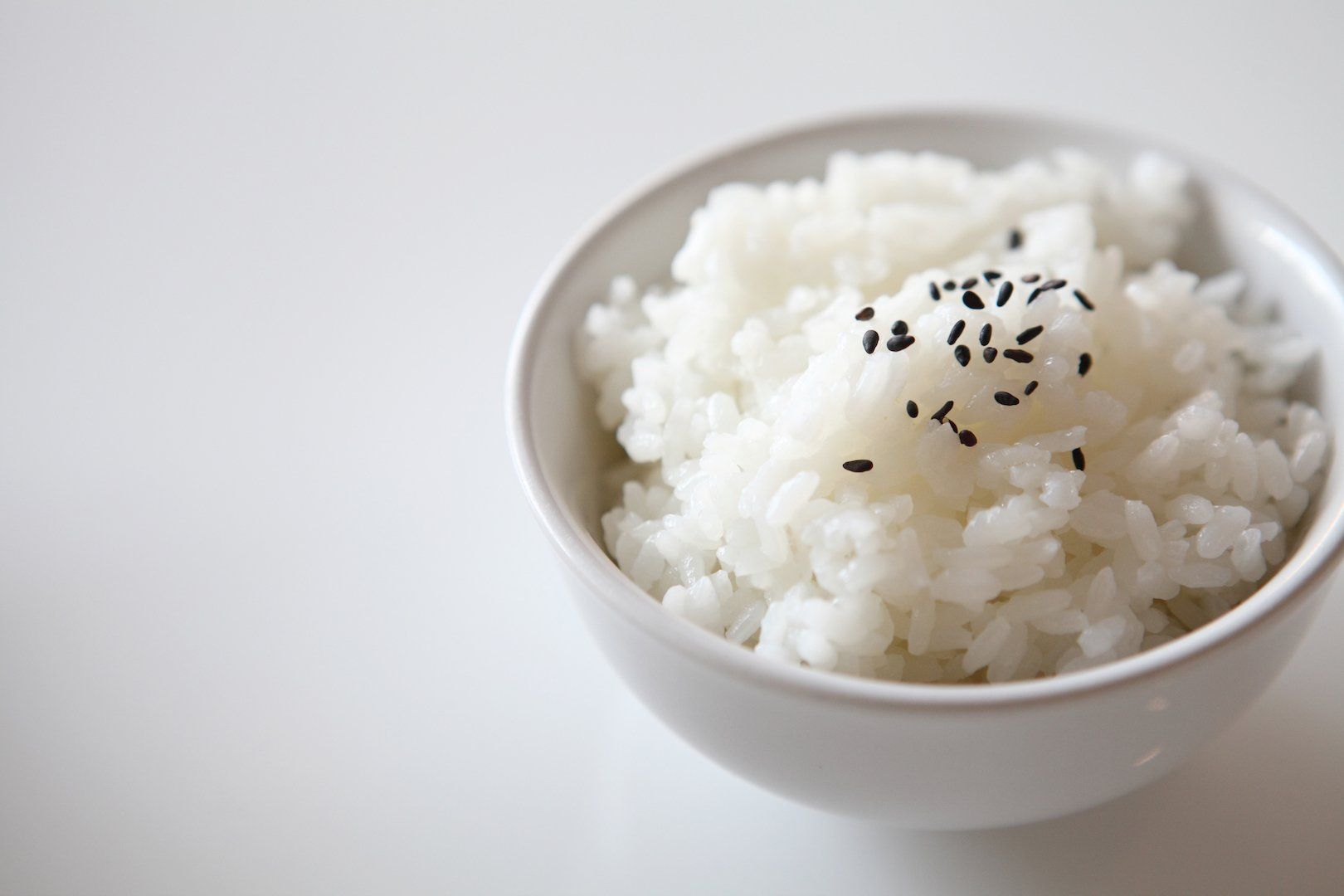
One of the things I ALWAYS get asked is whether it is safe to reheat rice! If you’re anything like me, I can never seem to gauge just how much rice to actually cook so I always seem to have left-overs. But, what’s all the fuss about with leftover rice? It’s important to know that if cooked rice is not handled correctly, it can make you (or your little one) violently ill. Rice contains bacteria called Bacillus cereus. Bacillus cereus is a spore forming bacteria; meaning that it forms protective layers (spores) which survive the heat of cooking. If cooked rice is left at room temperature for too long, then the bacteria can multiply and produce toxins; which can cause food poisoning. It’s important to point out here that once these toxins are present, they will NOT be killed by further reheating; regardless of reheating until piping hot! So, how can you handle leftover rice safely? How quickly you cool rice after cooking is critical in ensuring that your leftover rice will be safe to use. You should always make sure your rice is always cooled down as quickly as possible, but always within an hour and a half! This doesn’t mean just putting cooked rice straight in the fridge though…….. Simply putting hot rice in the fridge may not be enough to help cool it down quickly, especially as this will also raise the temperature of the fridge itself. Instead, I’d recommend stirring rice regularly and helping to speed up the cooling process either by: Running it under cold water (this works great if you’ve not added anything to the rice!) Dividing it into smaller portions Stirring regularly Using a homemade ‘ice bath’ – Like this….
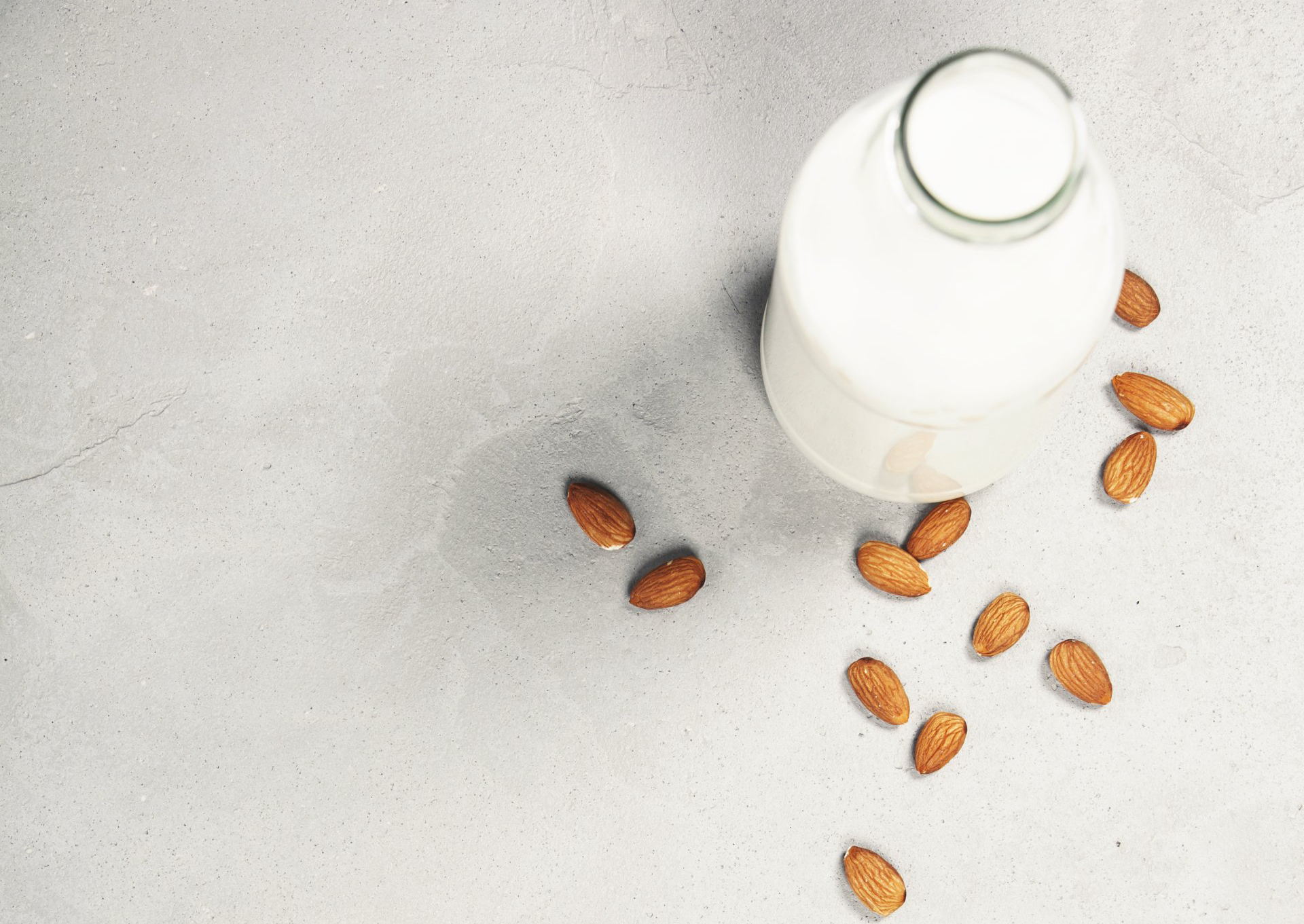
The prevalence of allergies across Europe has sharply increased over the past 20 years and in the UK, it is estimated that over 2 million people are living with a diagnosed food allergy, excluding those with food intolerances. Whether you have personal experience of living with a food allergy, have dealt with it when weaning or have simply heard some of the tragic stories of others, there’s no doubt that allergies is something we have all become more aware of over the past few years! Dealing with food allergies can be a daunting and overwhelming experience so if you or your little one is diagnosed with an allergy, you may feel anxious. Hopefully this blog will help to give you confidence in understanding food labels by identifying exactly what is required by law, what a food label should look like, may contains as well as busting some common food allergy myths! 🥜 Allergen Labelling What’s required by law? Since 2014, it has been a legal requirement for all food businesses in the UK to declare if any food they provide contains any of the 14 major allergens as an ingredient. Whilst you may have an allergy outside of the 14, these allergens are the only ones that are required to be declared by law: Celery – (May also be listed as celeriac) Cereals containing Gluten (such as barley, wheat, oats, rye, spelt) Crustaceans (such as prawns, crabs and lobsters) Eggs Fish Lupin Milk Molluscs (such as mussels and oysters) Mustard Nuts (tree nuts such as almonds, hazelnuts, walnuts, brazil nuts, cashews, pecans, pistachios and macadamia nuts) Peanuts Sesame Soybeans (soya) Sulphites If you or your child is allergic to an allergen outside of the major 14, then you should still be able to identify whether it is present (or not) in pre-packed food by checking the full ingredient list…. It might just take a little longer to spot! How to identify food allergens on packaging? For any pre-packed food, you will always be able to find the allergens within a product by checking the ingredients list on the back of pack. In compliance with European legislation, allergens must be emphasised on the label of prepacked food; which could either be bolded, highlighted or underlined. Just remember to check the food label every time, even if you’ve purchased a food before as ingredients and recipes can change! Here’s an example of how easy it should be to spot any of the 14 major allergens when reading a food label...
